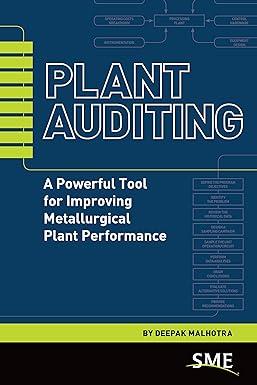
3. (Hedonic Regression) The evaluation of school reforms require us to understand the value of better schools. We adopt a hedonic valuation method to compare prices of houses near high-quality middle schools to those near low-quality ones. The measure of school quality is average test score of students in high school entrance exams. In the US, a city is divided into several school district, and all students coming from households within the boundary of each school district go to the assigned school in this district. Suppose we collect data on a cross-section of houses (observations observed at the same period), including their price, address, size, number of bedroom and building age. (a) If we match each housing unit to its assigned school, and try to compare the housing prices in a school district of high-quality middle school to those in a school district of low-quality middle school (schools with low average test score in high school entrance exam), will the different in housing prices fully capture the economic valuation of school quality? Do you have concerns about this approach? Are there other factors correlate with housing price and school quality at the same time? (b) In the paper "Do better schools matter? Parental valuation of elementary education." by Sandra Black, the author focused on houses that are close enough to school district boundaries (within 0.35 miles). What is the rationale behind this approach? Do you think it helps to solve the problems you raise in (a)? 3. (Hedonic Regression) The evaluation of school reforms require us to understand the value of better schools. We adopt a hedonic valuation method to compare prices of houses near high-quality middle schools to those near low-quality ones. The measure of school quality is average test score of students in high school entrance exams. In the US, a city is divided into several school district, and all students coming from households within the boundary of each school district go to the assigned school in this district. Suppose we collect data on a cross-section of houses (observations observed at the same period), including their price, address, size, number of bedroom and building age. (a) If we match each housing unit to its assigned school, and try to compare the housing prices in a school district of high-quality middle school to those in a school district of low-quality middle school (schools with low average test score in high school entrance exam), will the different in housing prices fully capture the economic valuation of school quality? Do you have concerns about this approach? Are there other factors correlate with housing price and school quality at the same time? (b) In the paper "Do better schools matter? Parental valuation of elementary education." by Sandra Black, the author focused on houses that are close enough to school district boundaries (within 0.35 miles). What is the rationale behind this approach? Do you think it helps to solve the problems you raise in (a)







